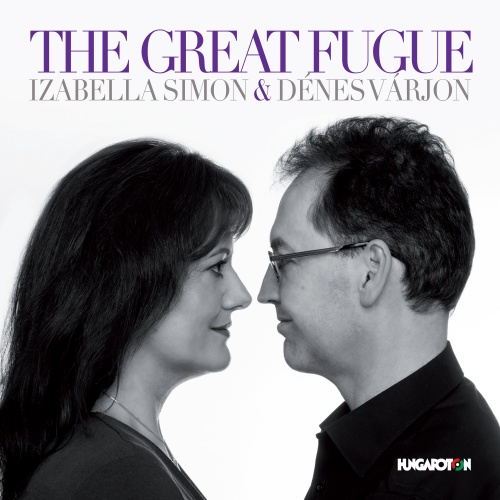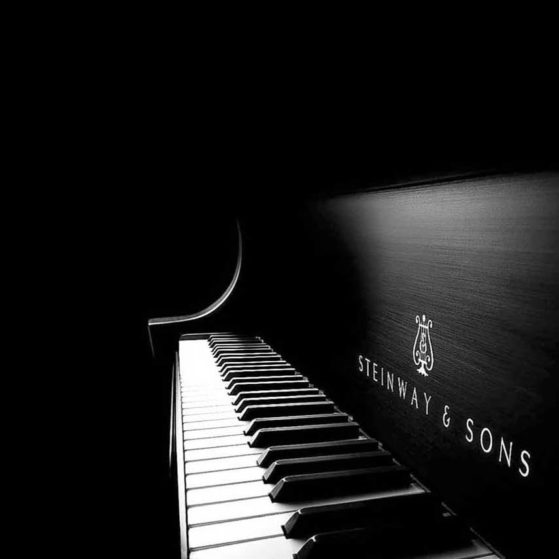
Várjon Dénes sikere Edingburghban
“Óriási sikerrel koncertezett Várjon Dénes zongoraművész a hét elején véget ért 70. Edingburghi Zenei Fesztiválon. Várjon először augusztus 21-én a világhírű amerikai hegedűművésszel, Joshua Bell-lel adott szonátaestet, majd augusztus 26-án a hozzájuk csatlakozó csellista, Steven Isserlis társaságában trióként léptek színpadra. „Bell, Isserlis és Várjon a saját jogukon is fenomenális művészek, de trióként egyszerűen szenzációsak” – írta kritikájában a Scotsman. Read More





